Milk and other dairy products like cheese, ice cream, and butter have long been dietary staples. They have even had their place within the traditional four food groups and food pyramid. Once considered essential components to a diet filled with vital nutrients like calcium and vitamin D, dairy’s place in the scope of healthy eating habits and creating a healthy lifestyle has generated scrutiny regarding its consumption.
There are multiple reasons for advocating and adhering to specific diet guidelines and trends, including those for dairy. The long-standing directive of drinking milk to build strong bones and teeth has shifted many to rethink what that may mean for our bodies and the environment. We need calcium, vitamins A, B, and D, and protein. Dairy products fit the bill as they are loaded with necessary nutrients, but dairy can also have a negative impact on our bodies and the planet.
The dairy products we know and love (ice cream anyone?) contain more fat, sodium, and sugar than needed for a healthy diet. In addition, many people have discovered that specific health issues like dairy allergies and lactose intolerance are an obvious result of their dairy consumption. Maintaining herds of dairy cows for their milk has a significant impact on the environment, including greenhouse gas emissions and water depletion.
It’s a tall order to give up dairy. It can be prevalent in almost every meal, from beverages to baked goods. Fortunately, and likely because of this current trend to reduce or eliminate dairy from our diets, there is now an expansive list of dairy alternatives to replace the milk, cheese, butter, and many other products and ingredients in our diets.
Milk
A helpful place to start is replacing the milk we drink. There is now an abundance of recipes you can make at home or purchase premade products in your grocery store. Milk can be created from various nuts and grains, including almonds, cashews, rice, and oats. Soy and coconut milk are other delicious options. Experiment with these for drinking, adding to cereal, and including in recipes that call for cow’s milk. Ingredient lists are still essential to read to avoid brands that include additional sugar, starch, or preservatives.
Butter
There are excellent alternatives to replace butter in your favorite recipes, including numerous types of plant-based spreads. Coconut oil, avocado, olive oil, and banana can often substitute butter. Still, you may need to experiment with ratios and taste until you get that perfect combination.
Cheese
We just heard that collective sigh. For many of us, cheese makes the world go-'round, and replacing it with anything is a challenging notion to accept. But cheese-lovers, don’t despair. Some cheese alternatives make the transition to a dairy-free diet less painful. Thankfully, there are many plant-based options, including those derived from soy and coconut. Tofu, both silken and crumbly, is a versatile base for replacing cheese in sandwiches or as a cheese dip. Adding fresh herbs and spices can help to build the flavor in cheese substitutes so as not to miss any taste.
Ice Cream
The love for ice cream might just be a close second to cheese when discussing beloved dairy products. Ice cream is sweet, delicious, satisfying, and often elicits a feeling of childhood nostalgia. But, if you want to reduce or eliminate dairy products, ice cream is on the chopping block. The number of ice cream replacements is as numerous as their flavors. There are ice creams made with the same types of nut and grain milk as mentioned above and other plant-based options. Non-dairy sorbets and sherbets are also quite tasty and refreshing when you need a cold, sweet treat but want to avoid dairy.
As with any change in diet, the most important reasons to look at dairy alternatives should be based on personal health and environmental impact. The options available today are a boon for those suffering from digestive issues like dairy allergies or intolerances, such as gluten-free flour for example. Diets can remain varied and nutritious without losing taste. It is important to ensure that your diet provides the required amount of vitamins, minerals, and proteins, so do some research, consult with a healthcare provider or nutritionist, and then have some delicious fun sampling all of the many dairy alternatives available today.




